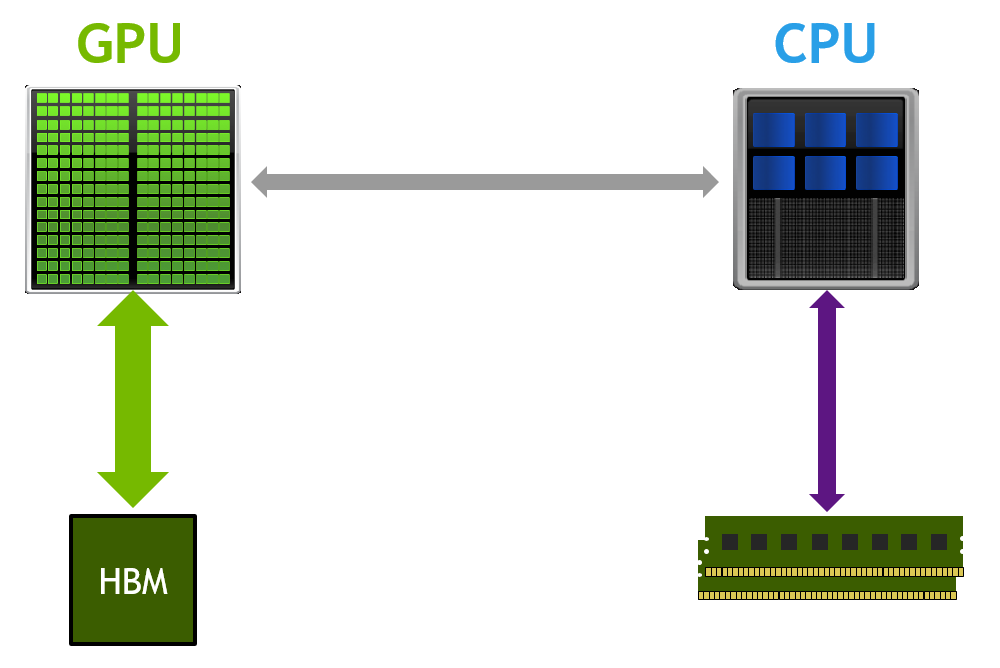

So what is the CPU cache and what is it used for? What is it made of? O’Reilly members experience live online training, plus books, videos, and digital content from 200+ publishers.Not all CPUs are created equal, but there are some things that all have in common. Get Fundamentals of Digital Logic and Microcontrollers, 6th Edition now with O’Reilly online learning. The CPU uses the address, which is stored in the memory address register, as a direct. The Memory Address Register (MAR) contains the address of data. The program counter normally contains the address of the next instruction to be executed.

The program counter contains the address of the instruction. The instruction is decoded (translated) internally by the CPU, which then performs the required operation. After reading (fetching) an instruction from memory, the CPU stores it in the instruction register.

The contents of the instruction register are always translated by the CPU as an instruction. The Instruction Register (IR) stores instructions. These registers are: Instruction Register (IR), Program Counter (PC), Memory Address Register (MAR), and General Purpose Register (GPR). Since programs contain instructions and data, the register section of the CPU contains four basic registers to hold instructions, data, and their corresponding addresses. 6.1 Design of the CPUĪs mentioned before, the CPU contains three elements: registers, ALU (Arithmetic Logic Unit), and control unit. Also, in this chapter, basic concepts of memory organization and Input/Output (I/O) techniques associated with typical microcontrollers are described. Since the basic CPU contains a set of registers, an Arithmetic Logic Unit (ALU), and a Control unit, design of these components are covered.

This chapter first describes the design of a simple Central Processing Unit (CPU).


 0 kommentar(er)
0 kommentar(er)
